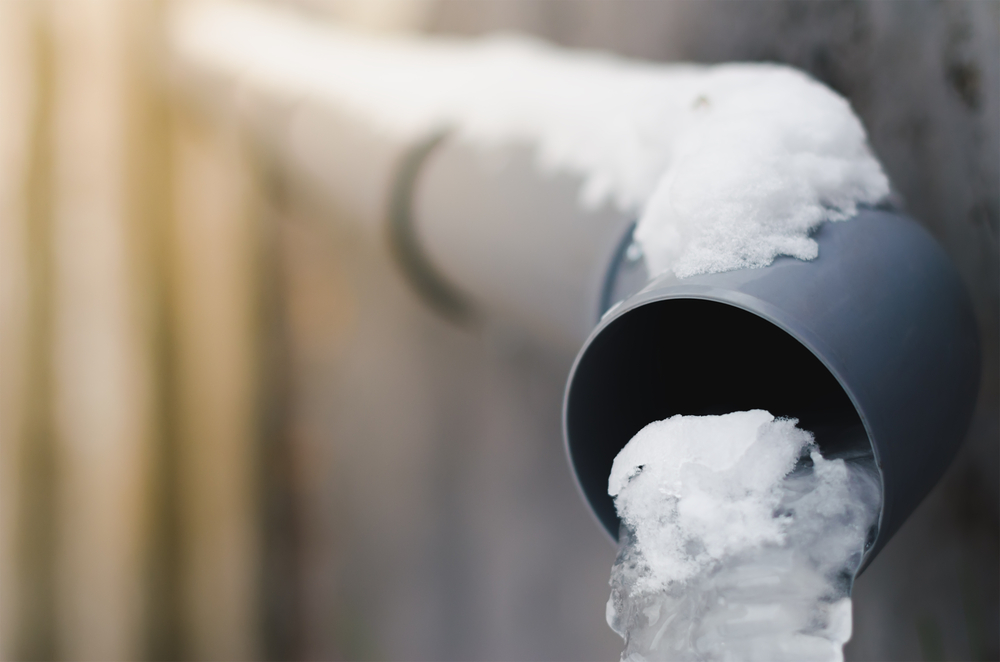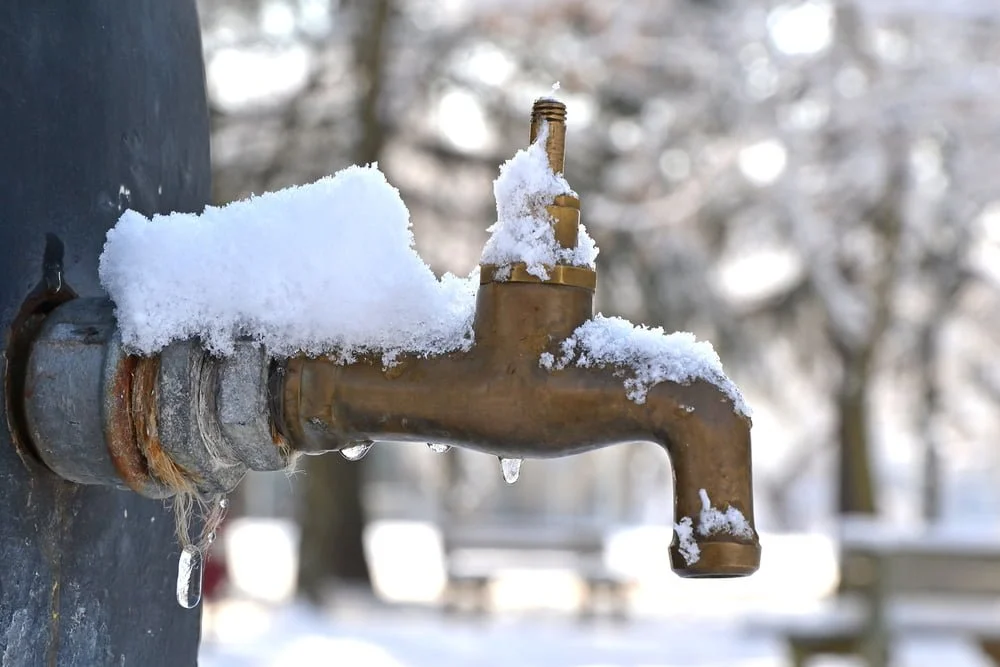Prevent Frozen Plumbing in Cold Weather: Expert Strategies
Prevent Frozen Plumbing in Cold Weather: Expert Strategies
Blog Article
Have you been searching for critical information around 6 Ways to Prevent Frozen Pipes?

Cold weather can ruin your pipes, particularly by freezing pipelines. Below's how to avoid it from happening and what to do if it does.
Intro
As temperature levels decline, the risk of frozen pipes rises, possibly resulting in expensive repair services and water damages. Recognizing how to prevent icy pipelines is crucial for homeowners in cold climates.
Avoidance Tips
Insulating vulnerable pipelines
Cover pipes in insulation sleeves or use warmth tape to secure them from freezing temperature levels. Focus on pipelines in unheated or external areas of the home.
Heating techniques
Maintain indoor areas appropriately warmed, particularly areas with pipes. Open closet doors to enable cozy air to flow around pipelines under sinks.
How to determine icy pipes
Look for decreased water circulation from taps, unusual odors or noises from pipelines, and noticeable frost on revealed pipes.
Long-Term Solutions
Architectural adjustments
Think about rerouting pipes away from outside wall surfaces or unheated areas. Include extra insulation to attic rooms, basements, and crawl spaces.
Updating insulation
Buy top notch insulation for pipelines, attic rooms, and wall surfaces. Proper insulation assists preserve consistent temperatures and minimizes the threat of frozen pipes.
Securing Outdoor Pipes
Garden hoses and outdoor taps
Separate and drain garden hoses before wintertime. Mount frost-proof spigots or cover outside taps with shielded caps.
Recognizing Icy Pipelines
What creates pipes to ice up?
Pipelines ice up when revealed to temperature levels listed below 32 ° F (0 ° C) for extended durations. As water inside the pipes freezes, it expands, taxing the pipe wall surfaces and potentially triggering them to burst.
Dangers and problems
Frozen pipes can bring about water disruptions, property damages, and pricey repair work. Burst pipelines can flooding homes and cause substantial structural damages.
Indicators of Frozen Piping
Recognizing icy pipelines early can stop them from rupturing.
What to Do If Your Pipes Freeze
Immediate activities to take
If you presume frozen pipelines, keep taps open to relieve stress as the ice thaws. Utilize a hairdryer or towels taken in hot water to thaw pipelines slowly.
Final thought
Preventing icy pipelines requires positive procedures and fast actions. By understanding the causes, signs, and safety nets, property owners can protect their plumbing throughout cold weather.
5 Ways to Prevent Frozen Pipes
Drain Outdoor Faucets and Disconnect Hoses
First, close the shut-off valve that controls the flow of water in the pipe to your outdoor faucet. Then, head outside to disconnect and drain your hose and open the outdoor faucet to allow the water to completely drain out of the line. Turn off the faucet when done. Finally, head back to the shut-off valve and drain the remaining water inside the pipe into a bucket or container. Additionally, if you have a home irrigation system, you should consider hiring an expert to clear the system of water each year.
Insulate Pipes
One of the best and most cost-effective methods for preventing frozen water pipes is to wrap your pipes with insulation. This is especially important for areas in your home that aren’t exposed to heat, such as an attic. We suggest using foam sleeves, which can typically be found at your local hardware store.
Keep Heat Running at 65
Your pipes are located inside your walls, and the temperature there is much colder than the rest of the house. To prevent your pipes from freezing, The Insurance Information Institute suggests that you keep your home heated to at least 65 degrees, even when traveling. You may want to invest in smart devices that can keep an eye on the temperature in your home while you’re away.
Leave Water Dripping
Moving water — even a small trickle — can prevent ice from forming inside your pipes. When freezing temps are imminent, start a drip of water from all faucets that serve exposed pipes. Leaving a few faucets running will also help relieve pressure inside the pipes and help prevent a rupture if the water inside freezes.
Open Cupboard Doors
Warm your kitchen and bathroom pipes by opening cupboards and vanities. You should also leave your interior doors ajar to help warm air circulate evenly throughout your home.

Do you really like reading about How to Prevent Your Pipes From Freezing? Try to leave feedback further down. We'd be glad to know your opinions about this article. We are looking forward that you come back again later on. Enjoyed our write-up? Please share it. Help another person find it. I praise you for being here. Come back soon.
Book Service Now Report this page